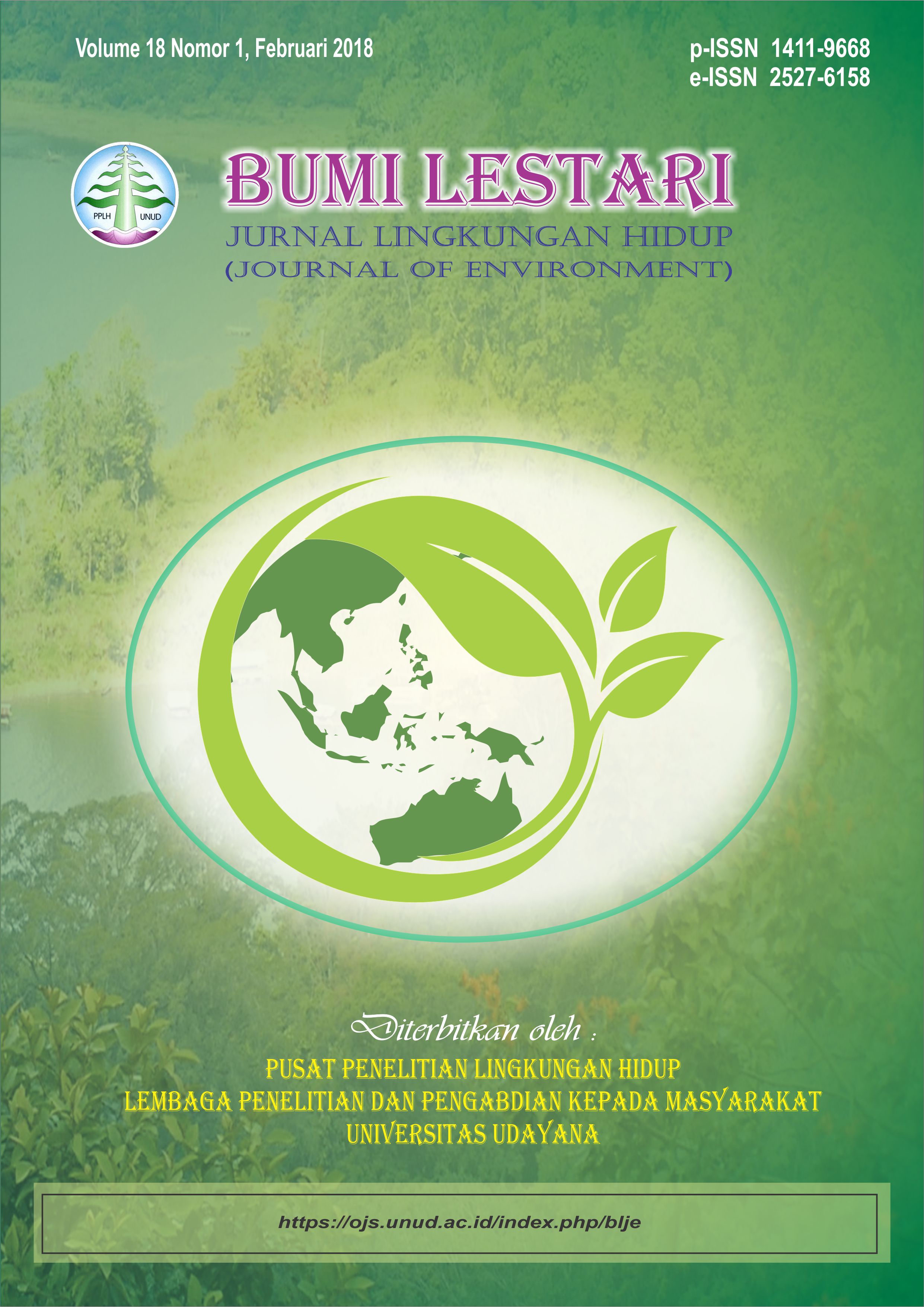Potensi Peningkatan Penyerapan Karbon Melalui Sistem Tanaman Sela Berbasis Karet
Abstract
Rubber tree (Hevea brasilliensis) has a very big role in the economy and the absorption of CO2. Rubber plants as well as forest plants capable of processing CO2 as a carbon source that is used for photosynthesis. CO2 absorption can be enhanced through the implementation of rubber based intercrops system. This study aims to determine the potential for carbon sequestration in rubber based intercrops system. The experiment was conducted at the Sembawa Research Station, South Sumatra, with two cropping pattern (PT), namely PT1: rubber plants + intercrops (peneaple, cowpea, sweet sorghum, upland rice, sweet corn, ginseng), and PT2: rubber plant of monocultures. Measurement of carbon reserves consist of tree biomass, intercrops biomass and soil organic matter. The results showed that the absorption CO2 of intercrops i.e: peneaple (5,87 tons/ha), cowpea (4,08 tons/ha), sweet sorghum (12,84 tons/ha), upland rice (8,68 tons/ha), sweet corn (10,63 tons/ha), and ginseng (3,31 tons/ha). The addition of carbon sequestration due to intercrops rubber were 296,59% or 33,96 tons CO2/ha compared to the rubber plant of monocultures.
Downloads
Authors who publish with this journal agree to the following terms:
- All articles published by Bumi Lestari Journal of Environment and Environmental Reseach Center Udayana University are made available under an open access license worldwide immediately. This means everyone has free and unlimited access to the full-text of all articles published in Bumi Lestari Journal of Environment, and everyone is free to re-use the published material given proper accreditation/citation of the original publication. Open access publication is supported by authors' institutes or research funding agency by payment of a comparatively article processing charge for accepted articles (See Author Fees). Bumi Lestari Journal of Environment and Environmental Reseach Center Udayana University publish articles under the Creative Commons Attribution License.
- Authors are able to enter into separate, additional contractual arrangements for the non-exclusive distribution of the journal's published version of the work (e.g., post it to an institutional repository or publish it in a book), with an acknowledgement of its initial publication in this journal.
- Authors are permitted and encouraged to post their work online (e.g., in institutional repositories or on their website) prior to and during the submission process, as it can lead to productive exchanges, as well as earlier and greater citation of published work (See The Effect of Open Access).





